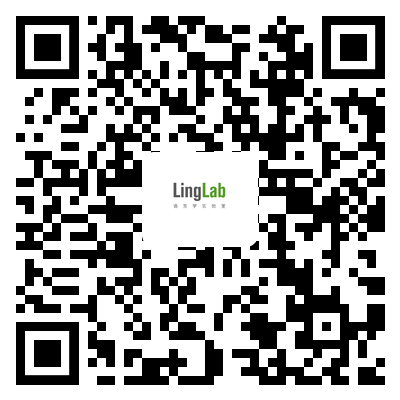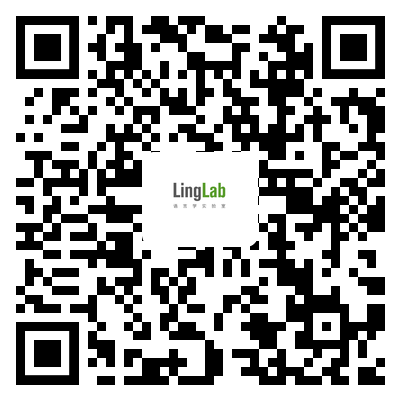1838 阅读 191 下载 2020-09-19 12:55:07 上传 1.59 MB
【每日电子书】是由LingLab和“语言学小电”倾力合作、共同打造的全新版块,每日会推出数量不等的电子书讯,包括有偿和无偿两种形式的资源,网罗国际顶级出版社、涵盖语言学各领域分支,海量资源,新鲜速递,任您挑选!
Modeling the Meanings of Pictures: Depiction and the philosophy of language等2本电子书
LingLab管理员(微信zhangxiaojian160408)
今日推出2本电子书资源:
①牛津大学出版社2020年重磅新著Modeling the Meanings of Pictures: Depiction and the philosophy of language
本书很难下载,欲获取请添加LingLab合作伙伴——“语言学小电”的微信13764179404进行咨询!
②Palgrave Pivot出版社2019年重磅新著Framing Big Data: A Linguistic and Discursive Approach
本书为LingLab提供的免费资源,各位可以点击文末的附列表进行下载!
【温馨提示】:本平台仅提供电子书籍的相关资讯信息,其中的付费文献代传服务与本平台无关,敬请自行与“语言学小电”联系!
封面 | 概况 | 获取途经 |
|
【书名】:Modeling the Meanings of Pictures: Depiction and the philosophy of language 【作者】:John Kulvicki 【年份】:2020年 【出版社】:牛津大学出版社 【简介】:图片与语义,关于语言哲学的一本有趣的著作 John Kulvicki offers an account of the many ways in which pictures can be meaningful which is inspired by the philosophy of language. Pictures are important parts of communicative acts, along with language, gesture, facial expressions, and props. They express wide ranges of thoughts, make assertions, offer warnings, instructions, and commands. Pictures are also representations. They have meanings, which help explain the range of communicative uses to which they can be put. Modelling the meanings of pictures is accounting for the ways in which pictures manage to be meaningful, with an eye toward how those meanings let us use them as we do.
By framing pictures with the philosophy of language, we acquire new perspectives on the many things we can do with them. Sometimes, pictures are used as descriptions―he looks like this!―while sometimes they are used more like singular terms―find him!, while showing a mug shot. Most picture-making cultures also have iconographies, but this is usually put to one side in discussions of pictures, if it is mentioned at all. Likewise, some uses of pictures, especially in advertising, are metaphorical, and very little has been said about metaphor in pictures. Pictures are also related in important ways to other kinds of representations like maps, and this book provides a new way of understanding what makes them alike and different. By showing that pictures are very different from languages, this book also shows that the tools developed with language in mind are not actually specific to linguistic phenomena. | 此资源由LingLab合作伙伴“语言学小电”提供,感兴趣可添加“语言学小电”的微信13764179404进行咨询! |
|
【书名】:Framing Big Data: A Linguistic and Discursive Approach 【作者】:Maria Cristina Paganoni 【年份】:2019年 【出版社】:Palgrave Pivot出版社 【简介】:This book addresses big data as a socio-technical construct with huge potential for innovation in key sectors such as healthcare, government and business. Big data and its increasingly widespread use in such influential spheres can generate ethically controversial decisions, including questions surrounding privacy, consent and accountability. This book attempts to unpack the epistemological implications of the term ‘big data’, as well as the opportunities and responsibilities which come with it. The author analyses the linguistic texture of the big data narrative in the news media, in healthcare and in EU law on data protection, in order to contribute to its understanding from the critical perspective of language studies. The result is a study which will be of interest to students and scholars working in the digital humanities, corpus linguistics, and discourse studies. | 此资源由LingLab免费提供,可点击下方的按钮直接获取!
|


















